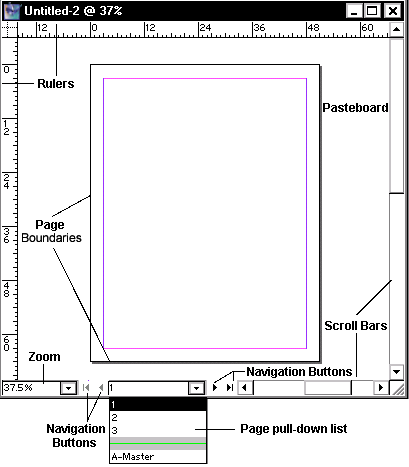

InDesign installs fonts to the locations listed below.įonts that InDesign and InCopy CS2 install InDesign can find Adobe fonts in either the system-level fonts folder, or the Adobe application-specific fonts folders. To disable this highlight, choose File > Preferences > Composition (Windows) or InDesign > Preferences > Composition (Mac OS X), and then deselect Substituted Fonts. By default, InCopy and InDesign highlight in pink all text that uses a substituted font. If the application cannot locate a font, it returns an alert and lists the font in the Missing section of the Font menu. InCopy and InDesign check for missing fonts when opening files or importing text or graphics. Solution 6: Re-create the Adobe font list files. User/Library/Application Support/Adobe/Fonts.Then choose File > Get Info in the Finder and look at the Kind field. To verify whether a file is a Type 1 Outline, Bitmap, Suitcase file, a TrueType file, or an OpenType fonts from Adobe file, select the file. Outline files use a shortened version of the font name (for example, "Isabe" for the Isabella font). Note: Adobe Type 1 (PostScript) bitmap files use the font name. afm): X:/PSFONTS, where "X" is the system drive Outline files (.pfm): X:/Winnt/Fonts, where "X" is the system drive.afm): X:/Windows/Fonts, where "X" is the system drive Outline files (.pfm): X:/Windows/Fonts, where "X" is the system drive.ATM has not been tested on Vista and is not officially supported on the Vista operating system. Note: If you use a font management utility, such as ATM Deluxe, fonts can be stored elsewhere on the hard drive. If the missing font is a Type 1 (PostScript) font, make sure that both an outline file and a bitmap file are in the following system-level folders:

Solution 5: Make sure that Type 1 (PostScript) fonts have an outline and bitmap file. Note: Replacing a font can change the appearance of the document if the installed font takes up more or less space than the missing font.
#PAGEMAKER 6.5 INDESIGN PDF#
Or, re-create the EPS or PDF file and embed the font. If the missing font is in a placed EPS or PDF file, install the missing fon. The Find Font command doesn't replace fonts contained in imported graphics. Use the Find Font command to replace each instance of the missing font with an installed font. For more information, see Troubleshoot font problems (Mac OS X) or see the Apple Support article "Mac OS X: Font Locations and Their Purposes" on the Apple website at.
#PAGEMAKER 6.5 INDESIGN MAC OS X#
Note: Mac OS X installs and manages fonts differently than previous versions of Mac OS. After you install a font, it is sometimes necessary to restart the computer for the font to become available. If the font doesn't appear in another application, reinstall the font. Make sure that the font appears in another application to verify that the font is installed correctly. Make sure that the font style (for example, Tekton Bold, Optima Oblique) is installed or change the font style to one that's available in InDesign or InCopy. In such cases, select the plain version of the font in InDesign or InCopy. Some fonts, such as Critter, don't include bold or italic styles. InDesign and InCopy support only installed font styles. Solution 2: Install the font style or use only installed font styles. If you use a font management utility, then consult the documentation included with the utility for instructions.

If the fonts are already installed and you use a font management utility, make sure that the fonts are activated. Install the missing fonts (see "Installing fonts" in InDesign or InCopy Help for more information). Solution 1: Install or activate the missing fonts. Do one or more of the following solutions:


 0 kommentar(er)
0 kommentar(er)
